Latest News
Afghanistan water sources use by neighboring countries
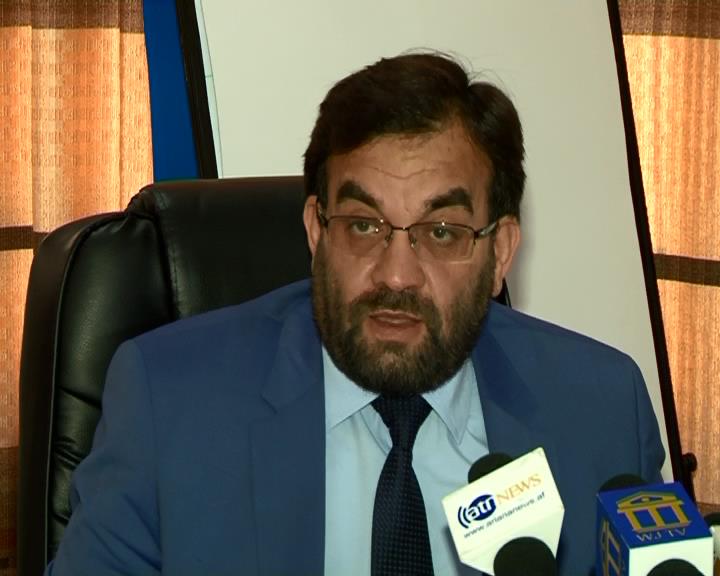
The fears of a security breakdown in Afghanistan boil the larger possibility of an economic collapse. The country’s revenues seem abysmal, and the mismanagement of billions of dollars in aid has turned it entirely dependent on foreign donations and the presence of foreign troops.
With Afghanistan being largely an agricultural country, investment in the water sector should have been a natural priority for sustainable economic development. Yet, that is not the case. In the Afghanistan National Development Strategy, a framework for allocating international aid, water does not figure as a core development sector. Only 5 percent of development has gone into the water sector during the past decade.
The Ministry of Water and Energy says that Afghanistan water resources reaches to 57 billion cubic meters which the most parts of it use by neighboring countries.
Along the Afghanistan’s borders, villagers see their water flow into the neighboring countries without being able to use it for their own local fields. The scarcity of water has led to tensions between tribes and villages.
The ministry if water declared that the continuation of insecurity caused Afghanistan fails to effectively use its water from the construction of dams and other projects.
Officials in the ministry noted that the residents of the country must cooperate with the government in providing the security of water and electricity projects.
“The construction of dams takes long time and in some cases the works have not been done properly and on time. In addition, the main problem is insecurity that cause the projects face a deadlock,” Ali Ahmad Osmani, minister of Water and Energy said.
One of Afghanistan’s missed opportunities in the last decade was its failure to legislate a comprehensive water law. Existing law does not define water rights.
Land owners are also owners of water and landless farmers have no rights to water. The water management institutions are highly ineffective.
The lack of a database of natural resources and the limited ability of the government to collect data is another challenge and a major obstacle to planning and development.
Afghanistan has a population of 29 million, with 79% of the population living in rural areas. Only 27% of its population has access to improved water sources, and it goes down to 20% in rural areas, the lowest percentage in the world.
The numbers get even worse when you look at the percentage of people with access to improved sanitation facilities. With the numbers at 5% nationwide, and only 1% in rural areas, Afghanistan again ranks the worst in the world.
In Kabul, the capital, with a population of 6 million, 80% of the people lack access to safe drinking water, and 95% lack access to improved sanitation facilities.
Analysts say that reaching the safe driniking water is another challenges of Afghanistan residents which the people are suffering from.
Water is a collective issue for Afghanistan and its neighbors. Any solution should therefore be multinational. Nations involved in Afghanistan, in particular US-led forces, should avoid politicizing this problem as it is so vital to the future of Afghanistan and the region as a whole.
Investment decisions should be based not on efforts to deprive neighboring countries of water but on avoiding waste and improving utilization of resources.
Without regional cooperation, Afghanistan will be faced with deeper and unresolvable challenges that will be even more difficult to solve after most international forces leave in 2014.

Latest News
Afghanistan makes major strides in cutting drug trafficking, says Putin
Putin stated that Afghan authorities have “substantially reduced” opium cultivation and are “seriously confronting” drug-related threats from within their borders.

Russian President Vladimir Putin says Afghanistan has taken “active and effective” steps to curb drug trafficking, noting a significant drop in opium production across the country. He made the remarks during an exclusive interview with India Today during his India trip, highlighting what he described as “visible progress” in Afghanistan’s internal security efforts.
Putin stated that Afghan authorities have “substantially reduced” opium cultivation and are “seriously confronting” drug-related threats from within their borders. He added that Afghanistan has also made important advancements in the fight against terrorism.
Responding to a question about why Russia officially recognized the Islamic Emirate, the Russian president said Afghanistan had been engulfed in civil conflict for many years, but the current authorities now hold control over the country. “This is the reality, and it must be acknowledged,” Putin emphasized.
He further noted that maintaining contact with Afghanistan’s leadership is crucial for shaping events inside the country. “If you want influence, you must engage with the people in charge — and that is exactly what we are doing,” he said.
Putin’s remarks come as several regional powers continue to recalibrate their diplomatic strategies toward Afghanistan, focusing on stability, counterterrorism, and economic cooperation.
Latest News
Iran offers fully funded virtual education for Afghan students returning from abroad
Nader Yarahmadi, head of the Center for Foreign Nationals and Refugees at Iran’s Ministry of Interior, said Tehran is ready to deliver online education to Afghan students inside Afghanistan

Iran has announced that it is prepared to provide fully funded virtual education for Afghan students returning from abroad, including complete support for digital learning tools and equipment.
Nader Yarahmadi, head of the Center for Foreign Nationals and Refugees at Iran’s Ministry of Interior, said Tehran is ready to deliver online education to Afghan students inside Afghanistan, adding that an international partner has expressed interest in helping finance the initiative.
According to Yarahmadi, more than 6.1 million Afghan nationals are legally residing in Iran, with only about 33,000 living in camps and the remainder settled in cities. He noted that until last year, Afghan students made up roughly 12% of Afghanistan’s residents in Iran and accounted for nearly 16% of Iran’s total student population. He said expanding school infrastructure and improving educational quality would help close existing gaps.
Iran’s Education Minister Alireza Kazemi highlighted the country’s experience with remote learning through the “Shad” platform during the COVID-19 pandemic. “We are ready to educate all Afghan students through our national education network under a tripartite cooperation agreement, granting them valid academic certificates within the virtual school framework,” he said.
Earlier meetings in Kabul between Iran’s Ambassador to Afghanistan, Alireza Bigdeli, Cultural Attaché Seyed Ruhollah Hosseini, and Islamic Emirate education officials underscored both sides’ interest in continuing cooperation in the education sector.
Latest News
India sends over 63,000 vaccine doses to boost Afghanistan’s public health system
New Delhi has reiterated that it remains committed to supporting the Afghan people through sustained humanitarian and medical assistance.
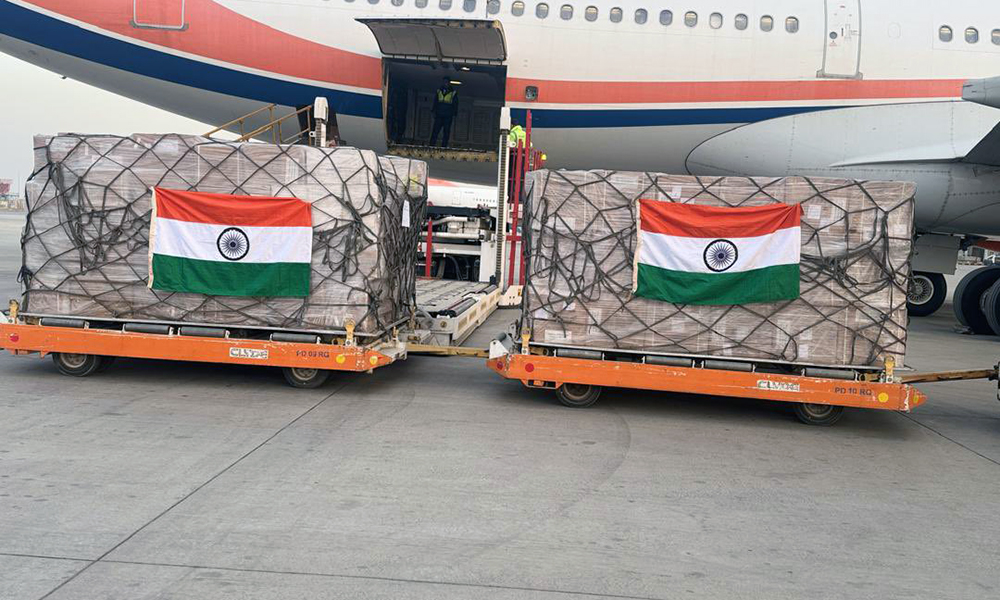
India has reinforced its support for Afghanistan’s public health sector with the delivery of a new batch of essential vaccines to Kabul.
Ministry of External Affairs spokesperson Randhir Jaiswal said New Delhi has supplied 63,734 doses of influenza and meningitis vaccines to Afghan health authorities as part of its ongoing humanitarian assistance program.
Afghan health officials noted that the vaccines will be integrated into national preventive healthcare efforts and will help curb seasonal illnesses while reducing the risk of meningitis outbreaks, especially during periods of heightened vulnerability.
They said the shipment arrives at a time when Afghanistan’s medical resources remain under significant strain.
India has served as a key health partner to Afghanistan in recent years, providing medical supplies, essential medicines, and several rounds of vaccines to help strengthen the country’s healthcare infrastructure.
New Delhi has reiterated that it remains committed to supporting the Afghan people through sustained humanitarian and medical assistance.
-

 Sport5 days ago
Sport5 days agoAfghanistan U19 and India A U19 share tri-series trophy after final washed out
-

 International Sports3 days ago
International Sports3 days agoStar-studded squads set to ignite DP World ILT20 Season 4
-
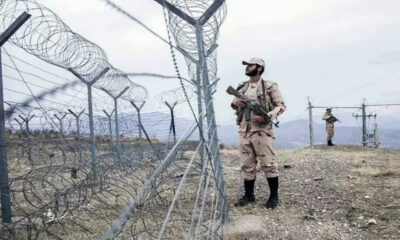
 Latest News3 days ago
Latest News3 days ago10 Afghans killed in Farah border shooting by Iranian forces
-

 Sport4 days ago
Sport4 days agoAfghanistan deepens ties with Uzbekistan through new cricket development partnership
-

 Business3 days ago
Business3 days agoAriana Airlines deepens cooperation with Turkish Airlines
-
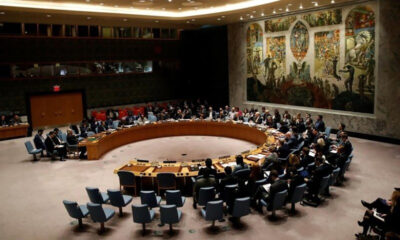
 Latest News3 days ago
Latest News3 days agoUN Security Council to review rising Afghanistan–Pakistan tensions
-

 Sport4 days ago
Sport4 days agoUAE Bulls clinch first Abu Dhabi T10 title with dominant 80-run victory
-
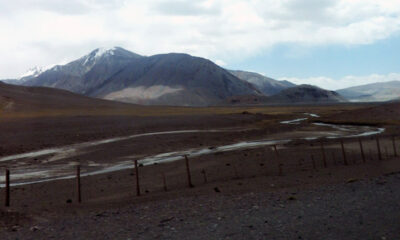
 Latest News3 days ago
Latest News3 days agoChina urges Tajikistan to protect citizens after border attack

![water - _16_09_2015_DARI_SOT.avi_snapshot_00.17_[2015.09.16_16.49.59]](https://ariananews.af/wp-content/uploads/2015/09/water-_16_09_2015_DARI_SOT.avi_snapshot_00.17_2015.09.16_16.49.59-300x240.jpg)















